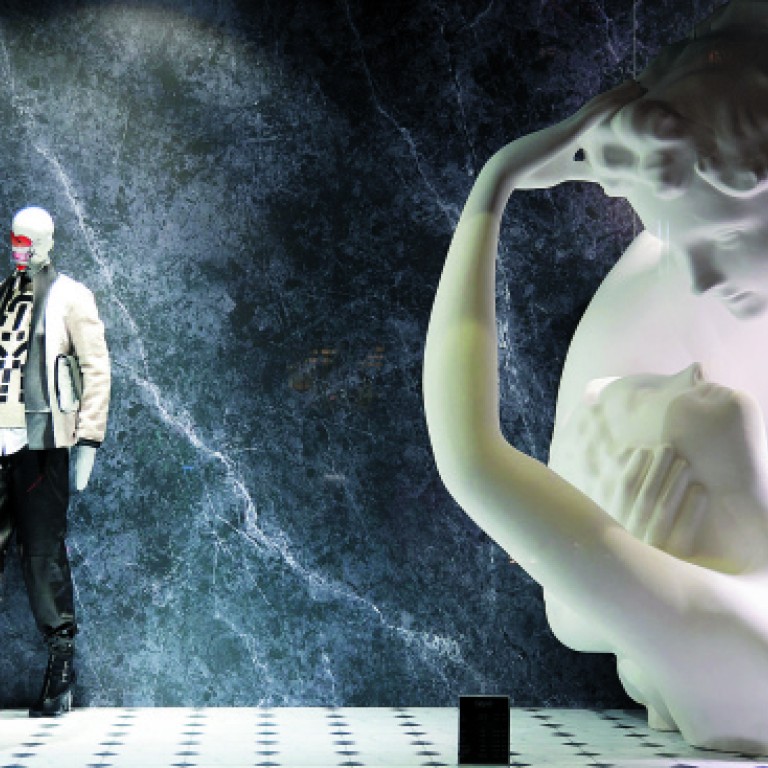E-tail trends keeps tech-savvy brands one step ahead

As online shopping becomes increasingly popular, brands and retailers compete to make it a more convenient experience
Take a photo on your smartphone of a fabulous pair of jeans in Milan and have near-identical options brought up on your screen almost immediately. Flick through the pages of a digital magazine on your iPad, touch an item on the screen, and have it bought, paid for and shipped right away. Read about a striking window display at a store in Barcelona, and order a handbag from it through your mobile phone in Shanghai.
The walls between traditional brick-and-mortar retail and online shopping are being dismantled, as consumers seek out speedier and more efficient ways to buy online, and luxury brands are compelled to adapt to a drastically changing retail landscape.

Slyce embeds the technology within the apps of top retailers, among them prestige department stores, connecting the shops with potential customers who are "browsing" anywhere in the world. The technology will launch next month.
"We worked around the concept of 'how do you take a moment of inspiration of seeing something and transforming it into a point of transaction?'" says Joel Smith, head of the company's business development.
"We are integrating with a lot of catalogues right now," he adds, explaining that the app will largely be useful for those seeking out fashion and jewellery products, but would later extend to home improvement, tools, toys and baby products. Until the partnerships are confirmed, Smith can't name the retailers participating, but can only say they would be among the biggest names in retail.
The Slyce technology has all manner of visual recognition applications: still in concept stage is an idea to implement "hot spots" within the boutiques and other retail spaces. As a potential customer walks in, his or her attributes and clothing are analysed, and merchandise options are suggested. The application is still at least a couple of years away.

For technologies available now, online retailer Moda Operandi allows impatient buyers to pre-order pieces straight off the runway, via what they call "online designer trunkshows".
Then there are technologies that let you window-shop from the world's top luxury stores when you're nowhere near the boutique, or even the country.
WindowsWear, a New York-based company that launched a few months ago, set itself up to allow shoppers in other parts of the world to purchase specifically from highly-curated windows in major prestige retailers and boutiques in the United States and Europe. Given the importance store windows have on the fashion landscape, the idea is an intriguing one. "It's meaningful information, because windows contain the latest fashion that exists and the must-have trends that people are looking for," explains Jon Harari, CEO and co-founder of WindowsWear.